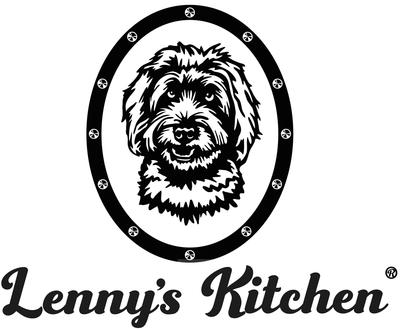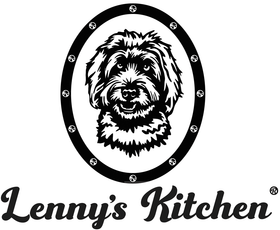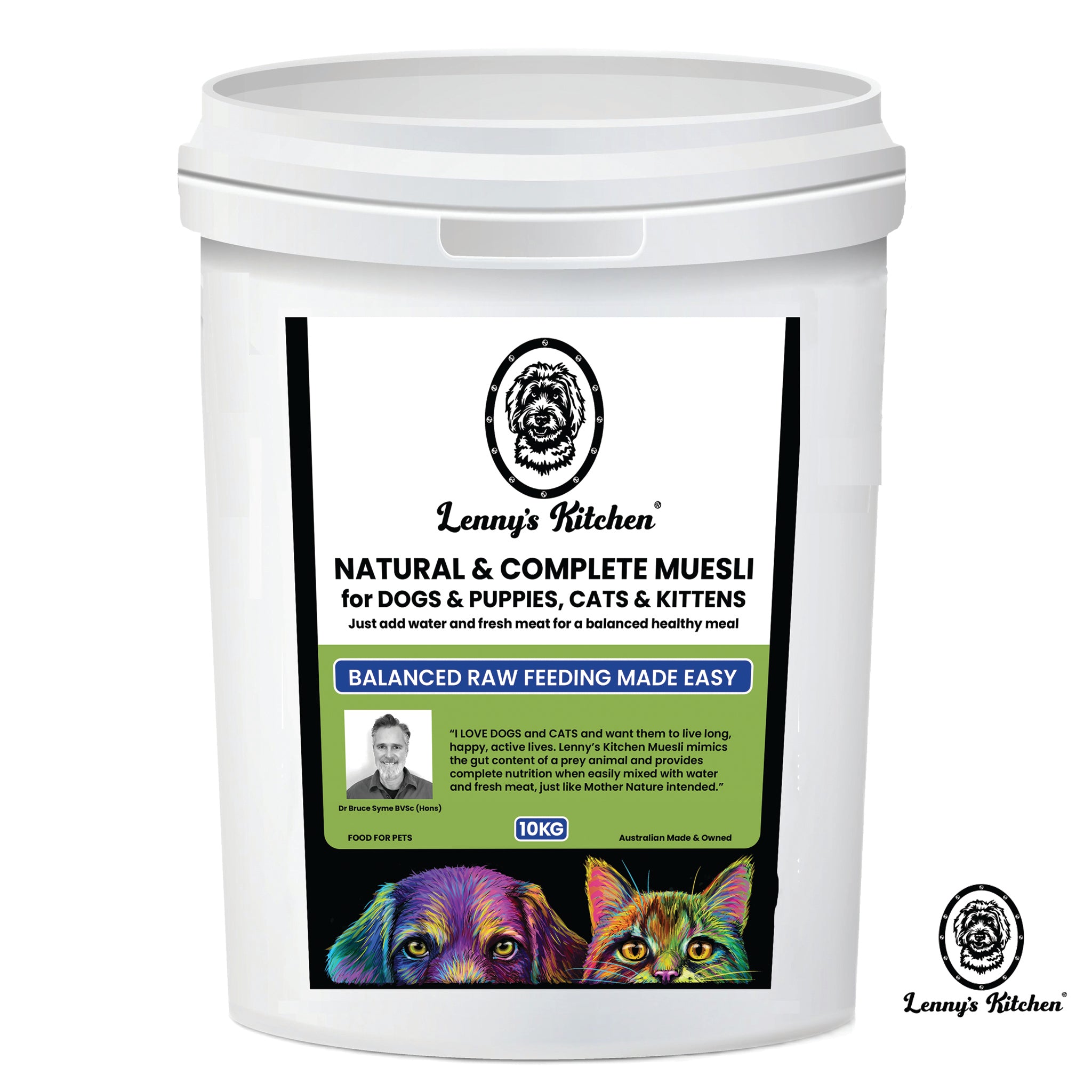Gut (Gastric) Acidity
by Dr Bruce Syme BVSc (Hons) IVAS
Digesting Bones, Gut transit time, Salmonella etc
There has been much debate about the “potential” dangers of feeding bones to dogs, and also of the potential risks of food poisoning and salmonella infection that the feeding of raw meat to dogs and cats may carry. So it may be of interest to note that much of this information, or mis‐information, relates back to the very nature of the gastric environment of the dog and cat, which in turn, is directly related to diet. The gastric acidity (gastric PH) of the stomach of a dog or cat eating a diet predominantly made up of raw meat is very low (very acidic), with a PH of 2 or lower (relative to the level of meat protein).
This highly acidic environment favours the breakdown of raw meats, and raw bones, into soft digestible material. The low PH also is highly effective at killing bacteria, particularly potentially pathogenic bacteria like salmonella spp, campylobacter, clostridia, and E Coli. So the natural ‘wild” diet of dogs and cats has evolved a gastric environment that favours the breakdown of raw meats, raw bones, and a PH that kills potentially harmful bacteria – consistent with the requirements of carnivores, and in particular, the scavenging nature of dogs.
Also matched to this highly carnivorous diet (raw meat diet) is a very effective digestive process, which occurs in a relatively short gastrointestinal tract. Dogs and cats have a significantly shorter GI tract compared to other nonmeat eating (herbivorous) animals, whereas man has an intermediate length. The relative length of the gut reflects that nature of the diet, and how efficiently or slowly the food is broken down and absorbed. Fresh raw meat is easily digested and absorbed compared to vegetable matter, and as such, carnivores have a short gut, and rapid gut transit time – fresh meat can be digested and processed in the carnivores body in as little as 8‐ 12 hrs, whereas plant and vegetable material in a herbivore’s gut can take 3‐5 days to be processed.
What we see with the advent of processed pet foods, is a significant change in the general nature of ingredients in the diet. It is a simple commercial fact that meat protein is the most expensive component in any pet food, and as a result, there is always commercial pressure to keep meat protein levels to a minimum, thereby keeping costs down of the end product (and / or maximising profits). Modern processed pet foods have adapted to these financial constraints firstly by significantly increasing the carbohydrate component of dog and cat foods – corn, wheat, rice, potato and other forms of carbohydrate are often the first and most major ingredient in many pet foods.
Secondly, processed pet foods have also begun to substitute meat (animal) proteins with plant based proteins that are much cheaper – ingredients like Soybean and lupins are cheap sources of protein that will increase the overall protein % on the label, but without the associated increase in cost. The problem with this type of substitution is that it does directly impact on the digestive environment of the dog or cat.
In dogs and cats that eat these diets with high carbohydrate, high plant protein and lower meat protein, we find that the acidity level of the stomach begins to decrease (gastric acidity relates to meat protein), and the stomach becomes progressively more alkaline (PH 4 and above). In this less acidic environment, several key issues arise:
- With the altered PH, gastric digestion and emptying slows down
- With the altered PH, food bacteria and contaminants are not destroyed as effectively
- With the altered PH, raw bones and bone material is not softened and broken down effectively (digestive enzymes loose function) and this can result in obstruction.
These problems become clinically apparent when a dog that is fed a highly processed diet is offered a raw bone, or a meal of raw meat. Because the stomach acidity is directly dictated by the meat protein content of the diet, these dogs already have a less acidic stomach, which is not able to soften and break down raw bone material, nor is the stomach PH able to cope with a load of bacteria. The result can be a sudden “rejection” of the bone or meat, in the form of vomiting, or it can take the form of a bout of acute gastroenteritis, from an overgrowth of bacteria, or it may result in a bone obstruction in the stomach. With the delayed gastric emptying effect, any bacteria that do survive are also able to grow up into much larger numbers, and this effect is continued in the large bowel, with further fermentation of the plant fibre, and a delay in overall gut transit time (up to 24 hrs) – this can also result in constipation from excessive water re‐absorption, or in loose stools from the over production of short chain fatty acids in the colon.
The problem is that it takes from 7‐10 days on a meat based diet for the gastric acidity levels to drop down to the natural (preferred) PH 2 level, so it is not possible for the body to quickly accommodate to such diet changes. What we learn from this are a few fundamental feeding tips :
- If you intend to feed fresh meat or a raw food diet, you must make this change gradually over 7‐10 days ‐ a common complaint I hear is from people who feed bones or fresh meat on odd occasions to their dog that eats primarily dry food is that “he/she can’t handle fresh meat or bones because she vomits” – as we see from above, these dogs can handle it if it is introduced gradually, and the gastric acidity is allowed to normalise.
- If you intend to feed raw bones (which I strongly advise as an important part of everyday pet health) then you must include some fresh meat every day as part of your overall diet plan to make sure the gastric PH remains low (acidic).
- Feeding a raw food diet will actually protect your dog or cat from bacterial contamination and food poisoning, and greatly reduce the chance of an obstruction from eating raw bones. It is a fact that dogs that eat processed foods are even more likely to shed salmonella bacteria in their faeces than are dogs that eat raw food!
In summary, most of the dietary upsets we see that involve raw meat and bones are actually directly related to the dog or cats general everyday diet, and not so much in relation to the meat or bones. Given that cats and dogs have been eating raw meat and bones for over 40 million years, it just makes sense that this is what they will thrive on.



